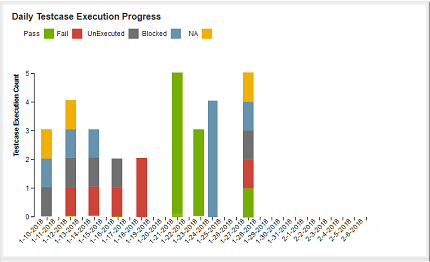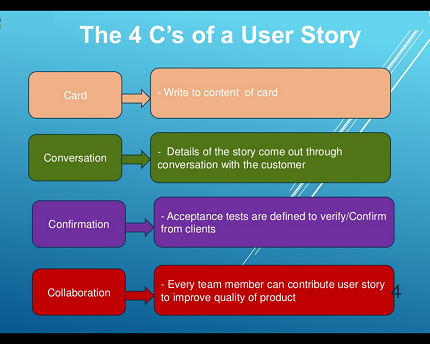
7 Best Practices for Agile Test Automation
Test automation has proved to be path-breaking in the field of software testing, having introduced never before avenues of testing. It has contributed towards increased test coverage and test efficiency and has helped organizations reduce the cost of software testing. The introduction of the Agile test automation has revolutionized the entire approach to test automation, setting an all new benchmark for efficiency and effectiveness of the QA process, as well as application delivery in the shortest time.
No wonder, the Agile approach has gained rapid popularity with QA professionals across the globe. However, since speed is the primary characteristic of the Agile test automation approach, it requires meticulous planning to ensure everything's in place in order to achieve the pre-defined goals. Today, we shall look into 7 Agile test automation best practices to follow.
1] Implement Test-Driven Development:

Source: https://bit.ly/2PD3MQE
A core essence of successful implementation of Agile test automation is the QA team and the development team working in close collaboration, which makes it possible to implement test-driven development. Test-driven development is a term that is used for the approach whereby the QA team designed the automation test scripts before the development of the product begins. This eliminates the need for the QA team to revise or recreate the test scripts with changes in the software., as the test scripts form the basis of the source code.
2] Select the Right Test Automation Tool:

The selection of the right tool is key when implementing Agile test automation because the approach in itself is very demanding as it requires continuous testing for quick releases and continuous improvements. For successful automation testing in Agile, the QA team should choose a test automation tool that is designed for the Agile approach. In addition to this, the ideal tool should also have integration capabilities.
QARA Enterprise is an example of an Agile test automation tool that is a complete suite of products for complete test management. It also offers seamless integrations with Jira and other popular platforms and its zero coding framework ensures a very short learning curve.
3] Use Story Based Test Cases when Required:

Source: https://bit.ly/2PHdRvY
Under optimal circumstances, the test cases are created on the basis of the product specifications shared by the client, which define the look, feel and functionality of the product as desired by the client. However, many times it may so happen that the detailed specifications are not available. In such a scenario, it is recommended that QA professionals create test cases using specific scenarios and stories and get started with the process of testing. This approach can prevent unnecessary delay and also help testers cover a test cases that may not always be documented.
4] Implement Test Automation at System Level:

Source: https://bit.ly/2Tf2xt9
The Agile test automation approach involves continuous improvement on the basis of inputs from the team and feedback from users. Hence, the User Interface (UI) as well as the front-end of the application will undergo multiple changes. This can make UI maintenance a very time-consuming process and also add to the maintenance costs. To prevent this, it is recommended to conduct test automation at the system level, which will save time, reduce costs and also increase coverage.
5] Choose to Automate Regression Testing:

Source: https://bit.ly/3akStoa
Regression testing is all about re-executing already executed test cases, either partially or completely, to ensure a recent change in code or program has not affected the existing functionality of the product or application. Regression testing can be extremely time-consuming when done manually, not to mention the high probability of errors. Hence, it is highly recommended to automate regression testing, so that the QA team has sufficient time to focus on other aspects of the QA process, without affecting the planned time period for application delivery.
6] Keep Customer Requirement in Mind:

Source: https://bit.ly/2PFcJc1
In order to ensure the product meets the requirements of your customers, it is important for the QA team to perform testing keeping in mind the perspective of the customer. This will also ensure the product meets the defined quality standards. Also, effective communication with the customers is important as it will help your QA team get an understanding of how the end user will interact with the application. Make an effort to communicate with the customers 1:1 instead of dropping emails.
7] Make Changes a Part of the Journey:

Source: https://bit.ly/2VxfKz0
The very essence of Agile is change because the Agile approach is all about making incremental changes/improvements in the products and applications and releasing frequent versions in sprints. Hence, a rigid mindset will not help in Agile test automation. Your development team as well as the QA team should be open for changes in test requirements and scenarios as and when required.
The Final Word:
In addition to the 7 Agile test automation best practices mentioned above, it is also important for the QA teams to adopt an Agile mindset which is all about continuously seeking out new ways to bring improvements. As Agile becomes more widespread, more and more QA teams can benefit by following the Agile test automation best practices in their continuous endeavor to build high quality, stable applications.
